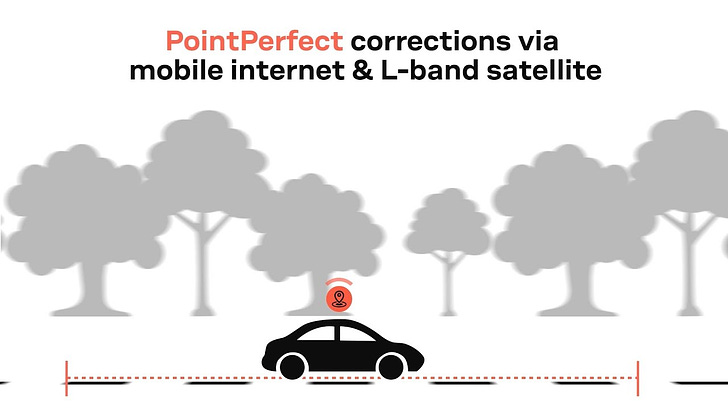TUM Wins Indy Autonomous Challenge
Autonomous race cars reach high speeds, but race highlights challenges of GPS outages in demanding environment
Keep reading with a 7-day free trial
Subscribe to Location Business News to keep reading this post and get 7 days of free access to the full post archives.




